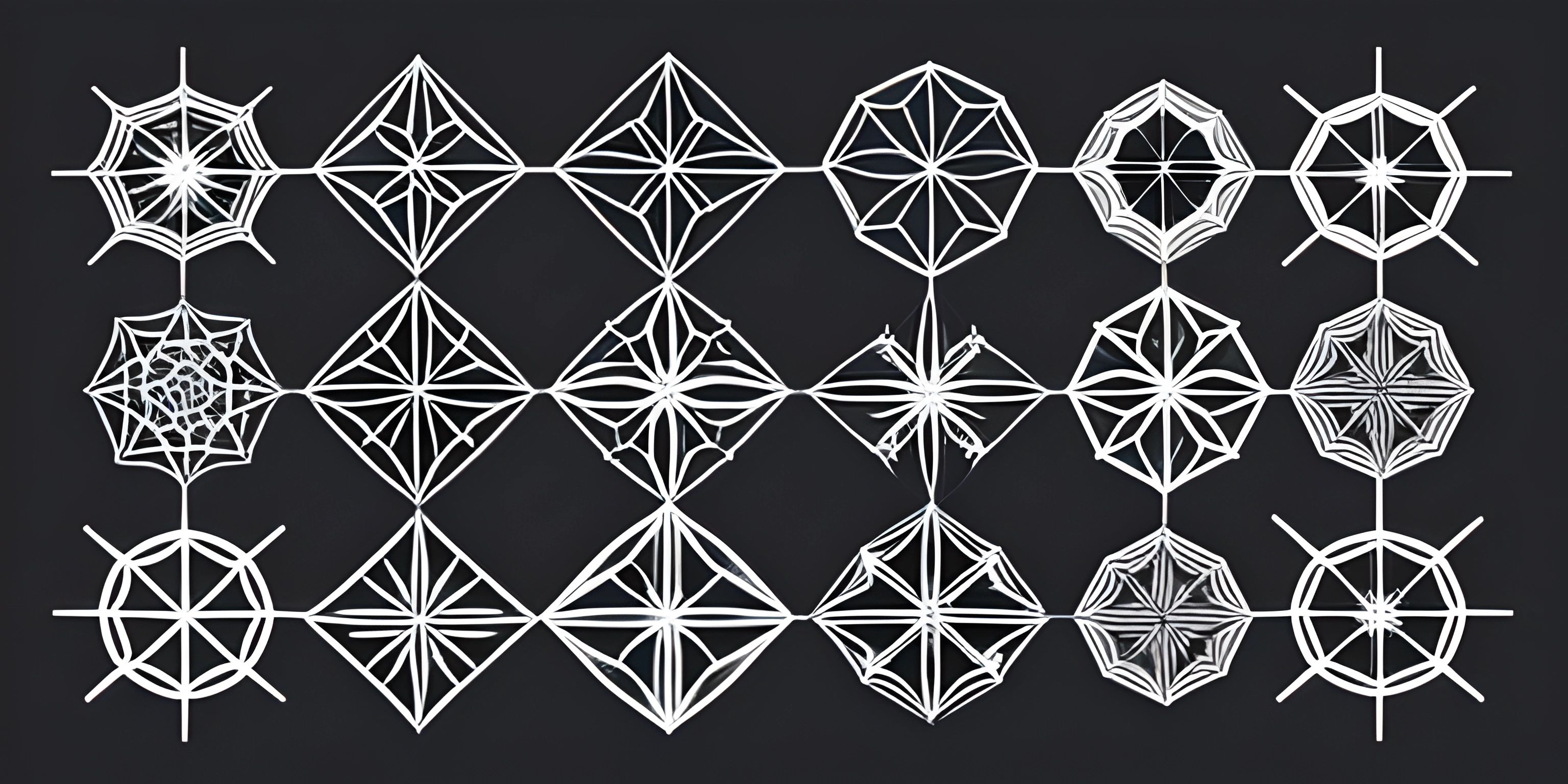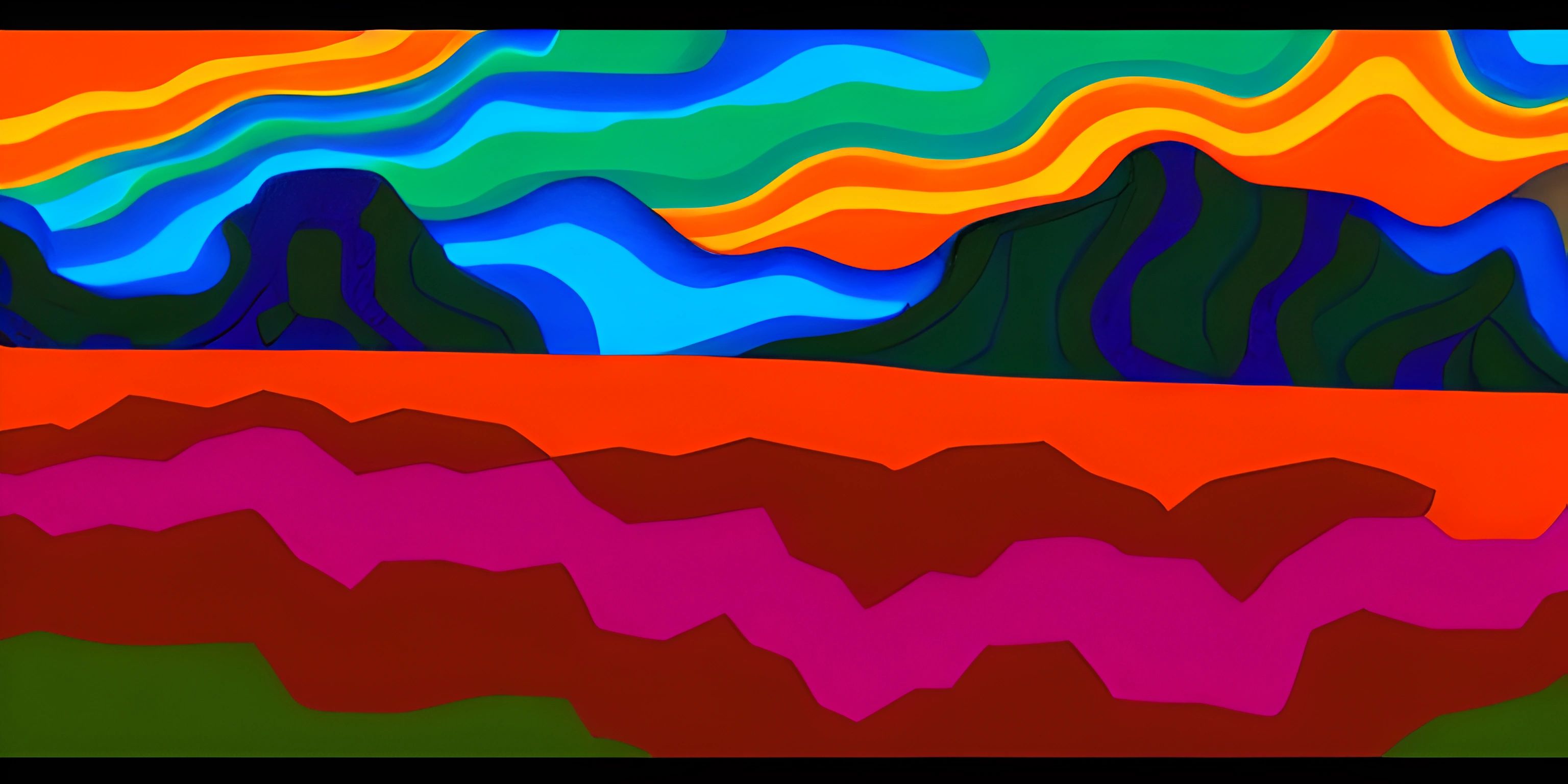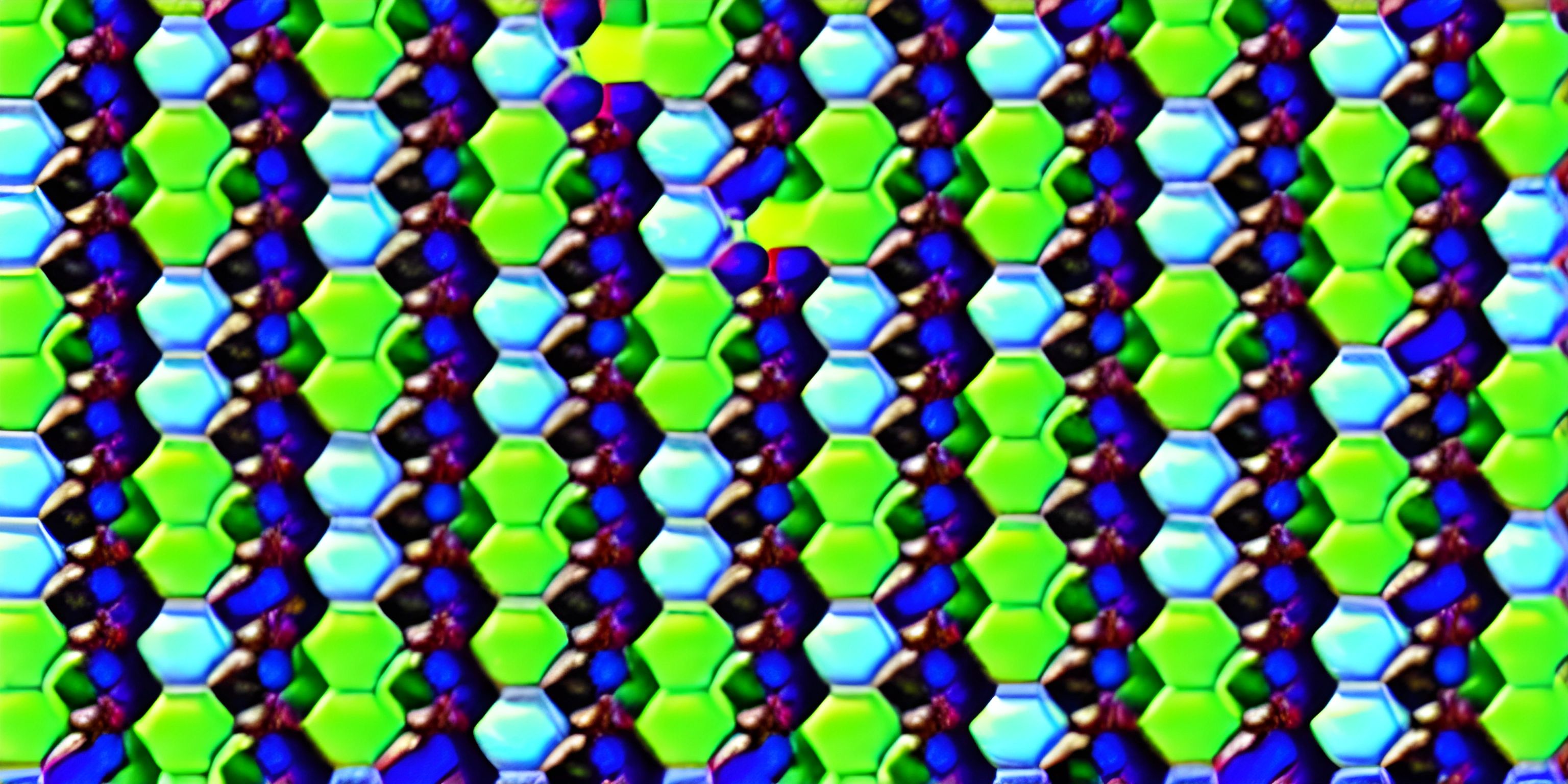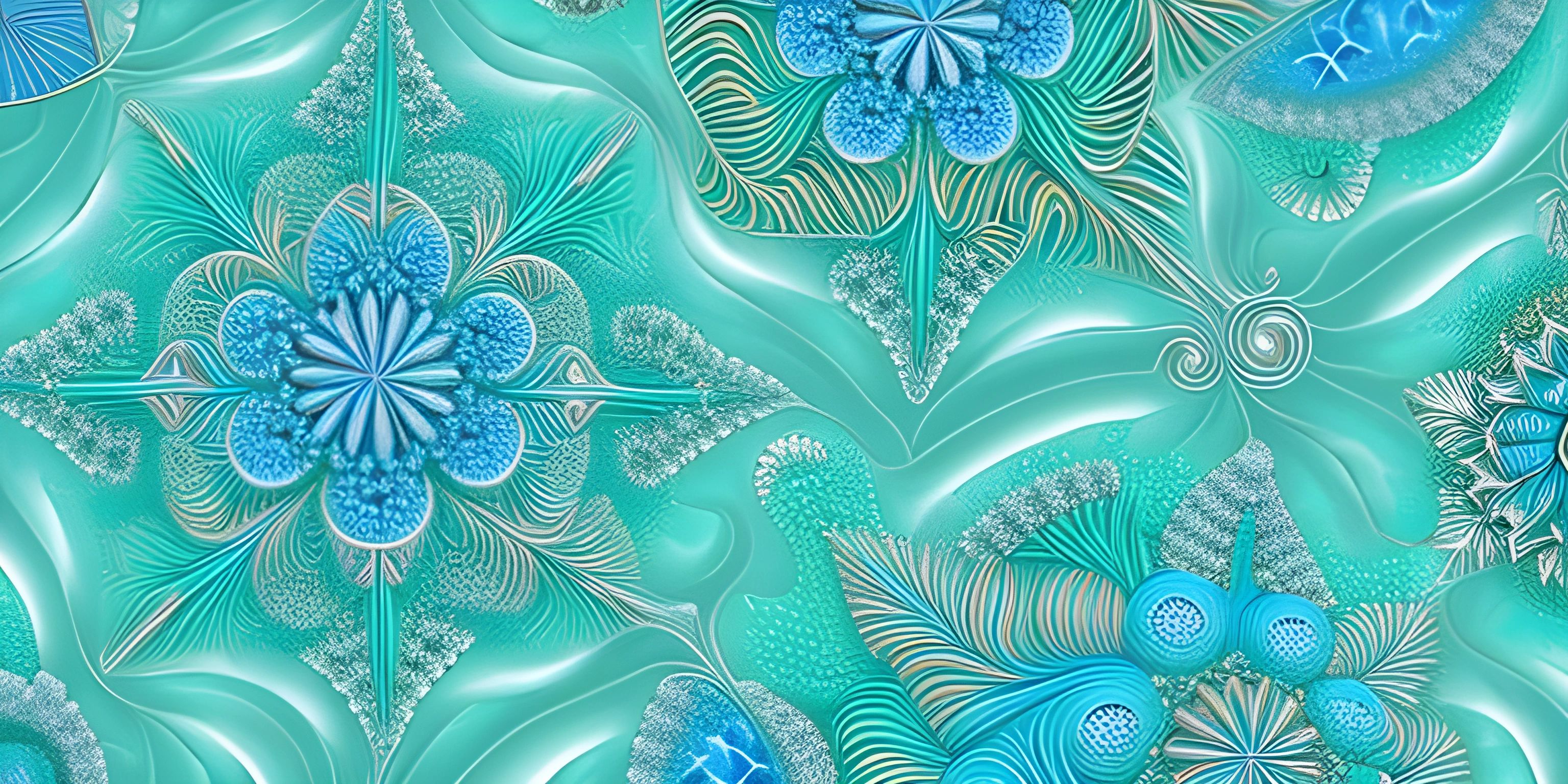Generative Art Overview
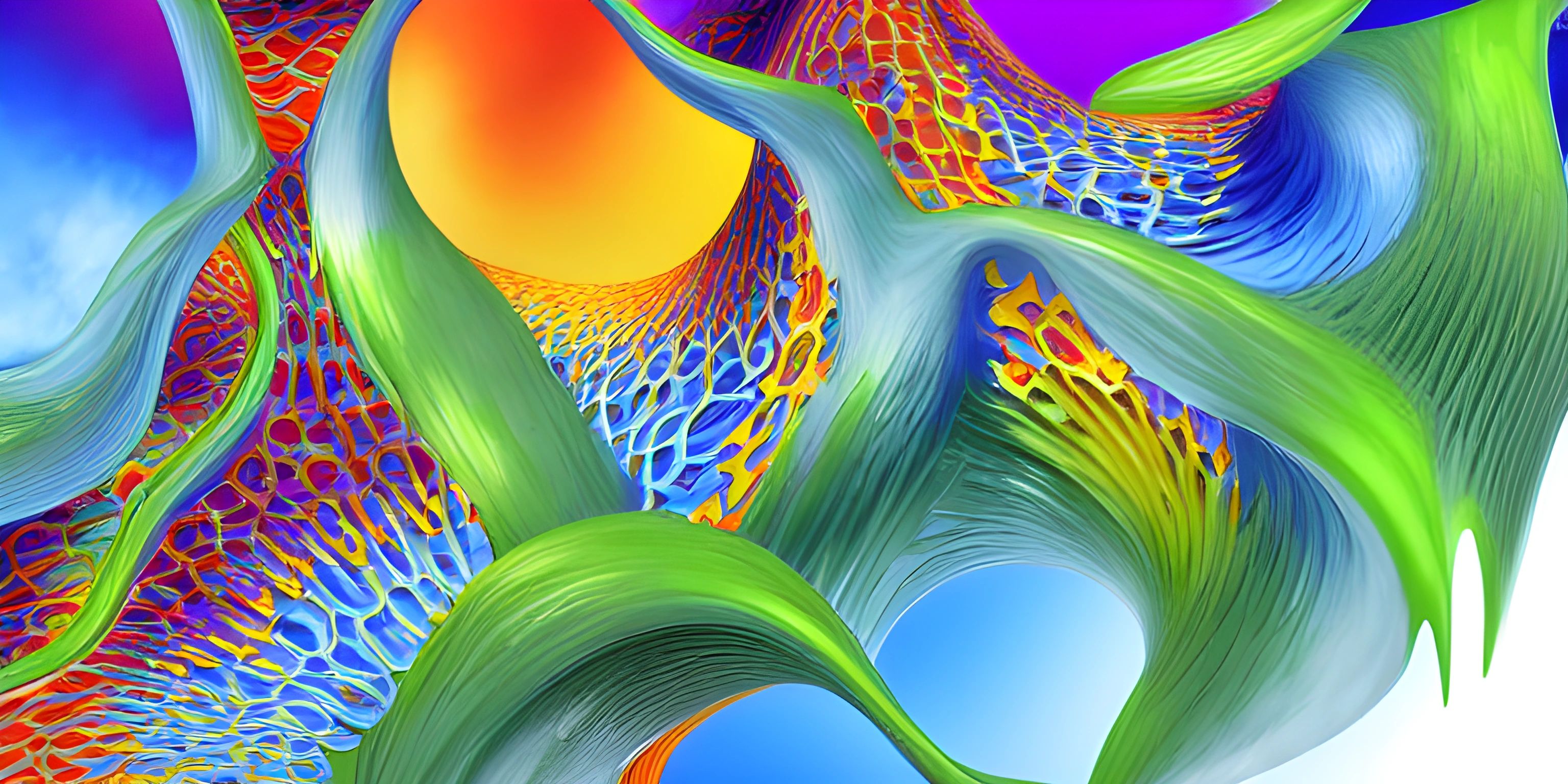
Note: this page has been created with the use of AI. Please take caution, and note that the content of this page does not necessarily reflect the opinion of Cratecode.
When you think of art, you might imagine a painter meticulously applying brush strokes to a canvas, or a sculptor chiseling away at a block of marble. But what if I told you that art can also be created by algorithms, producing unique and beautiful pieces with code? Welcome to the mesmerizing world of generative art!
What is Generative Art?
Generative art is art that has been created with the use of an algorithm. This means that the piece is not directly created by the artist, but by a set of rules or a system that the artist has designed. Think of it like planting a seed and letting it grow into a tree; the artist provides the initial conditions and guidelines, but the final result evolves on its own.
The Role of Algorithms
At the heart of generative art is the algorithm. An algorithm is essentially a set of instructions, a recipe if you will, that tells the computer how to create the artwork. These instructions can range from simple to highly complex, and they often incorporate elements of randomness to ensure that each piece is unique.
Here's a basic example of an algorithm in Python that generates a simple piece of generative art:
import turtle
import random
# Set up the screen and turtle
screen = turtle.Screen()
screen.bgcolor("black")
artist = turtle.Turtle()
artist.speed(0)
artist.color("white")
# Draw randomly placed circles
for _ in range(100):
artist.penup()
x = random.randint(-200, 200)
y = random.randint(-200, 200)
artist.goto(x, y)
artist.pendown()
radius = random.randint(10, 50)
artist.circle(radius)
turtle.done()In this Python example, we use the turtle module to draw 100 circles at random positions and with random sizes. The random module helps us introduce unpredictability, ensuring that each execution of the code produces a different piece of art.
Randomness and Control
One of the keys to generative art is the balance between randomness and control. As an artist, you need to decide how much freedom to give the algorithm and how much to control. Too much randomness, and the piece might look chaotic and unintentional; too little, and it might not feel generative at all.
Let's enhance our previous example by adding more control:
import turtle
import random
# Set up the screen and turtle
screen = turtle.Screen()
screen.bgcolor("black")
artist = turtle.Turtle()
artist.speed(0)
colors = ["red", "blue", "green", "yellow", "purple", "white"]
# Draw randomly placed and colored circles
for _ in range(100):
artist.penup()
x = random.randint(-200, 200)
y = random.randint(-200, 200)
artist.goto(x, y)
artist.pendown()
radius = random.randint(10, 50)
artist.color(random.choice(colors))
artist.circle(radius)
turtle.done()By introducing a predefined set of colors, we give the algorithm some constraints, which helps maintain a coherent aesthetic while still embracing the unpredictability of randomness.
Techniques in Generative Art
Generative art isn't limited to simple shapes and colors. Artists use a variety of techniques to create intricate and mesmerizing pieces. Some of the common techniques include:
Fractals
Fractals are complex patterns that are self-similar across different scales. They are created using recursive algorithms and can produce stunning visual effects. A famous example is the Mandelbrot set, which generates beautiful and infinitely complex shapes.
Cellular Automata
Cellular automata are systems where grids of cells evolve over time according to a set of rules. One of the simplest and most famous examples is Conway's Game of Life, where cells live, die, or reproduce based on the number of neighbors they have. This technique can create intricate patterns and simulate natural processes.
Perlin Noise
Perlin noise is a type of gradient noise used to produce natural-looking textures and patterns. It is often used in computer graphics for procedural texture generation, terrain generation, and more. Perlin noise helps to create smooth, organic transitions between values, which is ideal for generative art.
Algorithmic Composition
This technique involves creating music and soundscapes using algorithms. By defining rules for harmony, melody, and rhythm, artists can generate unique musical pieces. Algorithmic composition often incorporates elements of randomness to create variations and keep the music interesting.
Tools for Generative Art
There are many tools and frameworks available for creating generative art. Here are a few popular ones:
Processing
Processing is a flexible software sketchbook and a language for learning how to code within the context of the visual arts. It's built on Java and provides a simple environment for creating generative art.
p5.js
p5.js is a JavaScript library that makes coding accessible for artists, designers, educators, and beginners. It is based on the core principles of Processing but for the web, allowing artists to create interactive and generative art that runs in the browser.
OpenFrameworks
OpenFrameworks is an open-source C++ toolkit designed for creative coding. It provides a comprehensive set of tools for creating generative art, including support for graphics, audio, and interaction.
TouchDesigner
TouchDesigner is a visual development platform that equips you with the tools you need to create stunning real-time projects and rich user experiences. It's widely used for creating interactive installations and generative visuals.
Real-World Applications
Generative art isn't just for fun; it has real-world applications in various fields:
Digital Art and Design
Generative art is increasingly being used in digital art and design. Artists and designers use algorithms to create unique visuals for websites, apps, and other digital media. The ability to generate endless variations makes it a powerful tool for creative expression.
Architecture
Architects use generative design to explore new forms and structures. By defining constraints and rules, they can generate innovative designs that would be difficult to conceive manually. This approach can lead to more efficient and aesthetically pleasing buildings.
Fashion
In the fashion industry, generative art is used to create unique patterns and designs for clothing and accessories. Designers can experiment with different algorithms to produce a wide range of styles, ensuring that each piece is one-of-a-kind.
Music and Sound
Generative algorithms are widely used in music production to create unique compositions and soundscapes. Artists can define rules for harmony, melody, and rhythm, allowing the algorithm to generate endless variations and keep the music fresh.
Hey there! Want to learn more? Cratecode is an online learning platform that lets you forge your own path. Click here to check out a lesson: Making Art with Code (psst, it's free!).
FAQ
What is generative art?
Generative art is art created with the use of algorithms. The artist designs a set of rules or a system, and the algorithm produces the final piece, often incorporating randomness to ensure uniqueness.
How does randomness affect generative art?
Randomness introduces unpredictability, ensuring that each execution of the algorithm produces a unique piece. However, too much randomness can result in chaos, so it's essential to balance randomness with control.
What are some common techniques in generative art?
Some common techniques include fractals, cellular automata, Perlin noise, and algorithmic composition. Each technique uses different algorithms to create intricate and mesmerizing patterns.
What tools can I use to create generative art?
Popular tools for creating generative art include Processing, p5.js, OpenFrameworks, and TouchDesigner. Each provides a range of features for creative coding and visual expression.
Where is generative art used in the real world?
Generative art is used in digital art and design, architecture, fashion, and music. It allows artists and designers to create unique and innovative pieces by leveraging the power of algorithms.


